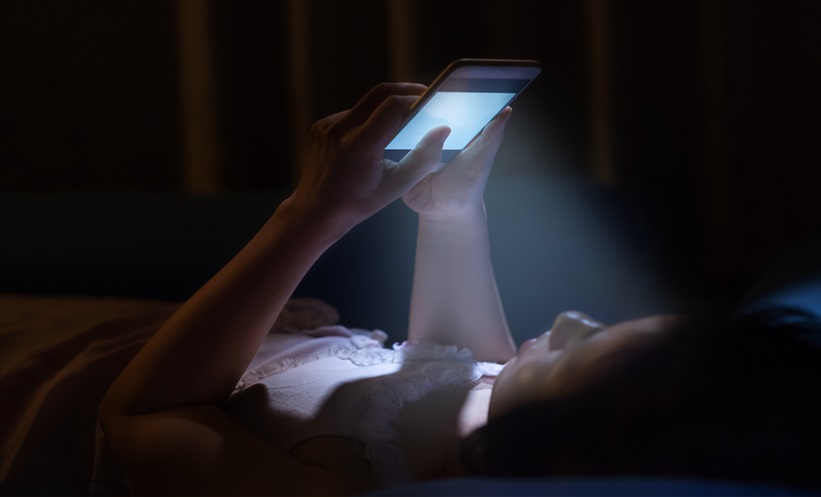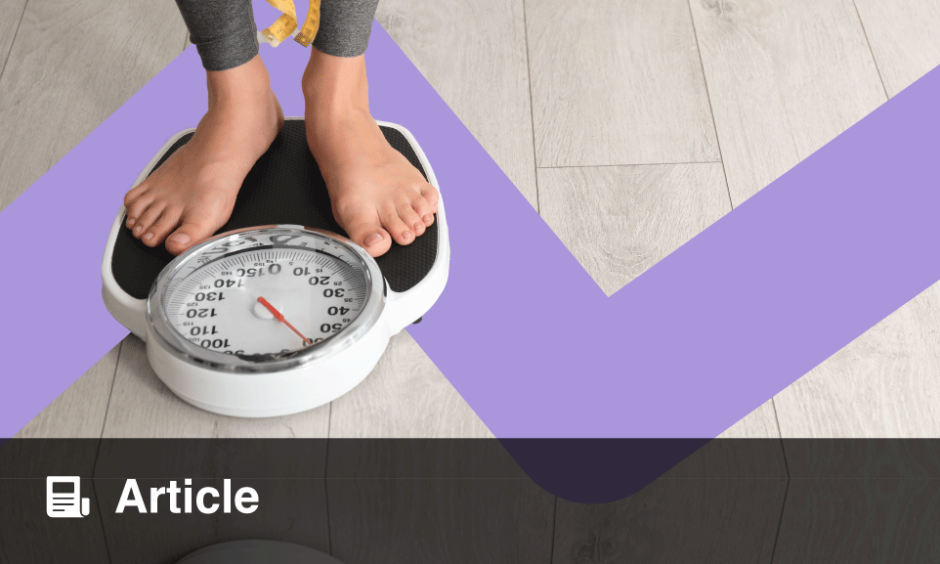CIRCADIAN rhythm disruption has been strongly linked to the development of Type 2 diabetes. While circadian rhythms regulate vital metabolic processes such as insulin secretion and glucose metabolism, this process can be disrupted by exposure to light at night.
Night-time light exposure can cause phase shifts and reduced signal strength, a misalignment that can lead to a pre-diabetic state by disturbing the natural rhythms in insulin and glucose regulation, which are necessary for maintaining glucose homeostasis. Over time, prolonged exposure to such internal-external mismatches can increase the risk of type 2 diabetes, especially in individuals with irregular schedules, such as shift workers or those experiencing social jetlag.
Research increasingly shows that light exposure at night is a modifiable risk factor for type 2 diabetes. Studies using personal light sensors and satellite data reveal a strong association between brighter night-time light and the incidence of the disease. Animal models support this link, showing that light exposure during biological night can lead to weight gain, altered insulin secretion, and reduced glucose tolerance.
In a recent large-scale study involving 85,000 participants, wrist-worn sensors measured night-time light exposure over 13 million hours. The results revealed a dose-dependent relationship between night light exposure and the development of type 2 diabetes, with individuals exposed to higher light levels showing up to a 67% increased risk. This relationship held even after accounting for various confounding factors, such as age, diet, and physical activity.
The study also found that disrupted circadian rhythms, characterised by suppressed amplitude or abnormal phase shifts, further increased diabetes risk. As such, mitigating light exposure at night, for example using dimmer or warmer lights, could be a practical, cost-effective intervention to reduce diabetes risk, particularly for those with genetic predispositions.
Katie Wright, EMJ
Reference
Windred DP et al. Personal light exposure patterns and incidence of type 2 diabetes: analysis of 13 million hours of light sensor data and 670,000 person-years of prospective observation. Lancet Reg Health Eur. 2024;42:100943.







